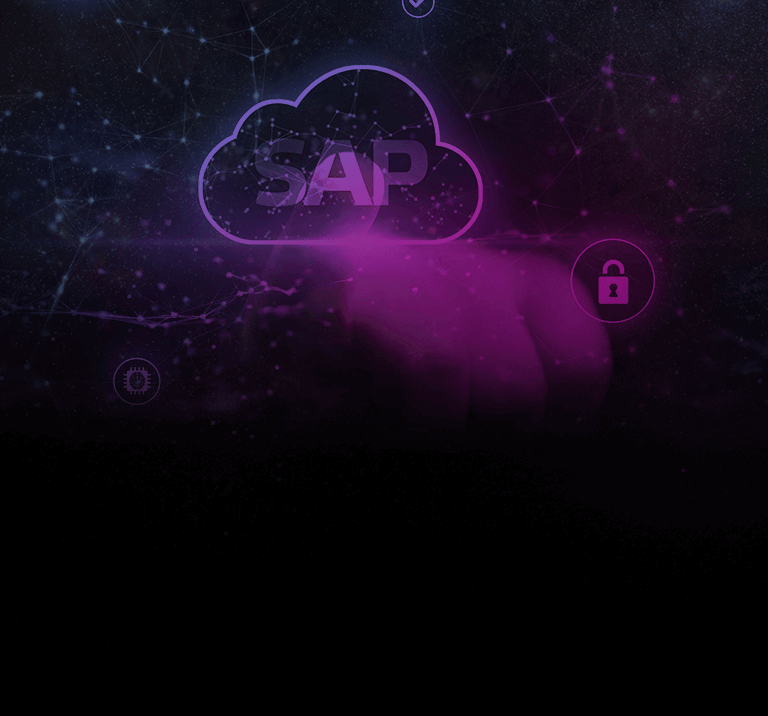For today's highly agile business models, SAP S/4HANA can provide speed, flexibility, simplicity, faster analytics, lower costs, and hana's in-memory database strength.
SAP customers face some tough decisions. Among the options: stay in the ECC and wait for SAP to postpone the deactivation date of support beyond 2027 (or 2030 with increased maintenance costs), prepare to migrate to S/4HANA, or discard everything and switch to a totally different ERP system.
IT complexity within organizations often slows down S/4HANA migration projects. But for many companies, switching to S/4HANA makes sense. SAP reported more than 17,500 S/4HANA subscribers in the third quarter of 2021, up from 15,100 in the same period a year earlier, according to Statista.
See more at: https://mig-now.com/en/conteudos/blog/end-sap-enterprise-support/
Key business benefits
Experts say there are many benefits of SAP S/4HANA for businesses, including flexibility, lower costs and faster analysis due to the in-memory HANA database.The system can also be easier to use than ECC and provide an easier transition to the cloud. The following are nine of the main business benefits of SAP S/4HANA.
1. Difficulty updating business models?
SAP ECC is designed for business models that have not been forced to change as quickly as current models are changing to keep up with multiple influences, including advanced technologies, customer expectations, supply chainoutages, and hybrid workforces. But with expanded opportunities to apply data and switch to new business models, companies can make model changes more easily with SAP S/4HANA, said Anand Nataraj, senior program manager and SAP practice leader at Clarkston Consulting.
SAP S/4HANA was developed from the beginning and responds to the way companies do business today. "If you want to make changes, acquire companies or [introduce] new sales channels," Nataraj added, "this platform is easier and faster to get into these new areas." purchase companies or introduce new sales channels”, added Nataraj, “this platform is easier and faster to enter these new areas”.
2. Need for simplicity in bringing acquisitions to the ERP environment?
In the world of consumer goods, for example, companies expand into new markets and add complementary products to their offerings by acquiring smaller brands. Prior to SAP S/4HANA, they needed to bring these acquisitions to their core ECC systems, which consumed a lot of time and resources. With S/4HANA, companies don't necessarily need to include acquisitions at their core, but rather keep them in the SAP public cloud.
3. High property costs?
S/4HANA brings functions such as Global Available-to-Promise (Global ATP) and master data governance to the core. Fewer boxes to manage means lower costs of ownership and maintenance from an infrastructure standpoint, Nataraj said.
S/4HANA-enabled shared infrastructure allows companies to move away from bare metal infrastructures that require upgrades every five years, said Roan Low,archeo eto of SAP solutions at managed cloud provider Syntax. Enterprises can now use public or private cloud deployments, along with SAP virtualization, to consolidate their infrastructure.
Businesses can achieve an 11% to 17% reduction in IT costs, it is estimated, by migrating from the old physical infrastructure to the most native cloud environment supported by S/4HANA. But planning is critical. An update to the ECC or any other ERP system, he warned, can cause cost outbursts if companies do not properly plan the migration.
4. More speed in analytical insights?
Running on the HANA database in memory, S/4HANA increases performance exponentially. Its intelligent data design reduces aggregate tables and data redundancy for greater efficiency Instead of storing data in a data warehouse and waiting for loading, the main ERP system now provides faster analysis and insights.
Business transactions and analytical capabilities in the same system also accelerate insights. "This allows companies to make decisions easily and quickly and complete business processes in a single application using a single source of facts, without having to switch between systems and applications," he explained. "It's an enormous efficiency and time-saving."
5. More accuracy in forecasts?
Embedded AI and machine learning applications continue to evolve slowly, but constantly in S/4HANA to improve modeling, predictive results, and prediction. A retailer, for example, could use the Universal Data Element Framework to forecast demand based on historical data and extract third-party factors such as climate. The retailer could then develop a model capable of predicting the demand for a particular product in a given region.
6. Faster end-of-period closures?
For finances, a faster database should lead to faster end-of-period closures. Companies can reconcile their accounting in real time and receive reports showing where they are financially today, adding that S/4HANA also allows companies to do predictive accounting by applying AI and machine learning.
7. Proactively held assets?
The in-memory database, machine learning, and AI allow companies to pair industrial IoT sensors with S/4HANA for predictive analytics, especially on the shop floor, to monitor assets and receive alerts if a machine is defective. "Sensors operate 24 hours a day, 7 days a week and constantly monitor vibration, temperature and movement." Depending on baseline measurements, he added, companies can predict when a machine needs maintenance or may malfunction to avoid more expensive repairs or unforeseen stops.
8. Simpler user interface?
SAP has not abandoned its GUI, the familiar user interface for more than 20 years. But SAP redesigned it for S/4HANA to better reflect improved business processes. In addition, companies can use the SAP Fiori user interface -- an HTML5-based platform (SAPUI5) built into S/4HANA or available as a standalone module -- for standard business tasks on iOS and Android devices.
9. Automated tedious tasks?
S/4HANA provides lightweight process automation so organizations can automate routine tasks, such as running previously done reports, freeing employees to focus on more productive actions. Robotic process automation tools can also be added to speed up and simplify business processes.
Flexibility is the word!
Regardless of conversion model selected, whether planning a greenfield S/4HANA deployment or a brownfield migration, companies moving to S/4HANA can provide flexibility to add new business acquisitions, proactively monitor assets, and remove tedious tasks from their employees' workday .
Find out more about fast, secure, and automated conversion:
https://mig-now.com/en/conteudos/blog/tecnologia/best-solution-upgrade-sap-erp/
Sources:
https://mig-now.com/en/contents/
https://www.techtarget.com/
https://blogs.sap.com/



